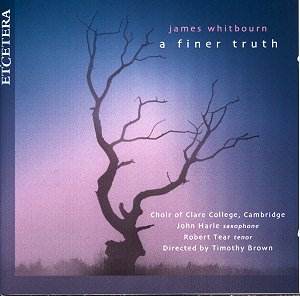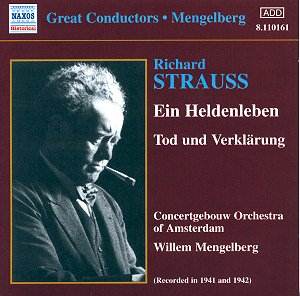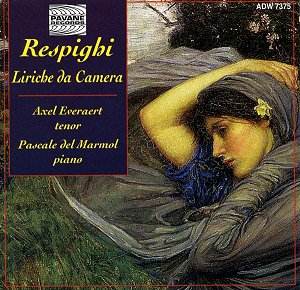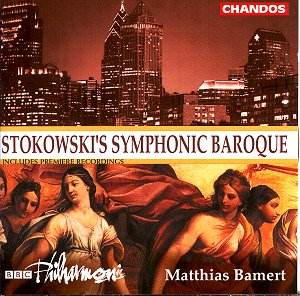 Composer: Johann Jacob Froberger
Composer: Johann Jacob Froberger
Works: Organ Works (FbWV 106, 107, 109, 110, 112, 201, 405, 407a, 502, 503, 507, 508)
Performers: Joseph Kelemen, organ
Recording: Monastery Church of Klostenkirche, Mainingen im Ries, Germany; recorded September 2000
Label: ARTE NOVA Musikproductions GmbH 74321 85322 2 [64.47]
Johann Jacob Froberger stands as a pivotal figure in the evolution of keyboard music in the 17th century, bridging the rich Italianate traditions of Frescobaldi with the emerging Germanic styles that would later flourish in the works of Bach and Buxtehude. This recording of Froberger’s organ works, performed by Joseph Kelemen on a beautifully restored Baumeister organ, illuminates both the composer’s artistry and the instrument’s unique timbral qualities, encapsulating the essence of a period marked by both elegance and profundity.
Kelemen’s interpretation of Froberger’s compositions displays an admirable understanding of the stylistic nuances inherent in these works. The Toccata in G Major (FbWV 107) showcases Kelemen’s adeptness at navigating the intricate counterpoint and rapid thematic shifts that characterize Froberger’s style. However, his penchant for embellishments—often manifesting as excessive trills—detracts from the clarity of the final chords, obscuring the sense of resolution inherent in the music. This tendency is particularly noticeable in the more elaborate toccatas, where thematic unity can be compromised by overzealous registrations and abrupt phrase breaks, leading to a disjointed listening experience.
The recording quality is commendable, with the nuanced sound of the mean-tone temperament of the Baumeister organ coming through with clarity and depth. The instrument, restored to its former glory, offers a bright yet warm sound, especially in the upper registers, where the high mixtures produce a brilliant clarity. Kelemen’s choice of registration, while at times exploratory, results in a vibrant palette that serves the lively capriccios well, although the lack of rhythmic cohesion between the diverse tempi within these sections is a missed opportunity for greater impact. The Hexachord Fantasia (FbWV 201) is particularly well articulated, revealing the firm design of Froberger’s counterpoint, while the ricercares exhibit the composer’s mastery of form and structure.
The Toccata da Sonarsi alla Levatione in G Minor (FbWV 106) emerges as a standout moment in the recording, embodying a serene dignity that resonates with liturgical solemnity. Its calmness contrasts effectively with the more exuberant character of other works, showcasing Kelemen’s ability to convey depth and introspection. The engineer’s work in capturing the organ’s rich tonal qualities enhances this interpretation, allowing the listener to appreciate the subtleties of Froberger’s writing.
This recording offers a valuable glimpse into Froberger’s oeuvre, marrying historical context with modern interpretation. Kelemen’s performances, while occasionally marred by his interpretative choices, generally reflect a deep engagement with the music. The historical significance of Froberger is well represented here, and the recording stands as a notable contribution to the catalog of organ music. With its mixture of elegance and expressive depth, this collection serves both as an introduction to Froberger’s artistry and as a compelling reminder of the organ’s vital role in baroque musical heritage.



